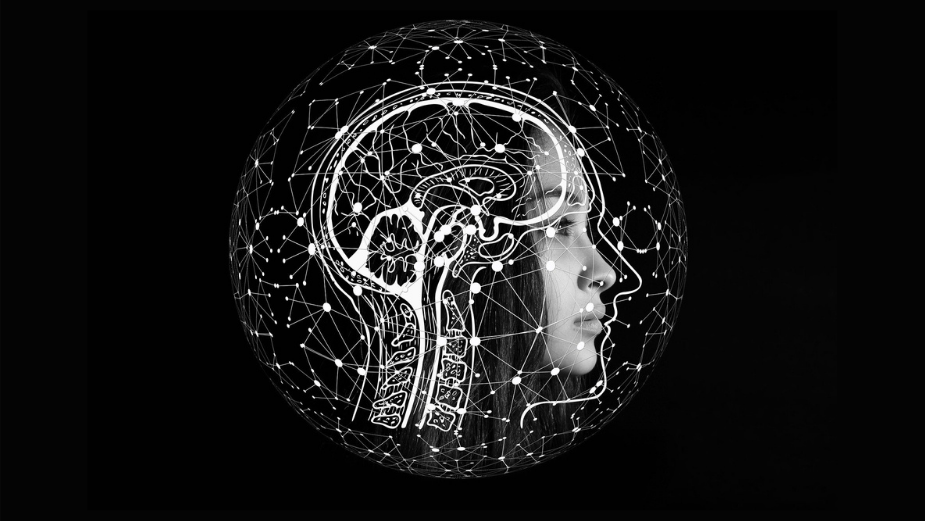
Our Changing Relationship With AI and Data

It may not seem like it when you’re inside this fast-changing industry, but artificial intelligence remains a relatively new technology. Or, at least, it’s new enough that we have barely begun to scratch the surface when it comes to how AI can be implemented across our businesses - and how it can revolutionise advertising for both brands and consumers alike.
Whilst some companies have embraced the tech and are reaping the rewards with each passing day, others may not yet see the benefit of integrating AI into their communications strategies. However, AI needn’t be overcomplicated. Far from being an obtuse piece of tech only available for the most cutting-edge companies, AI is being used in perfectly simple ways every day in order to maximise campaign effectiveness and generate engaging content for audiences.
Intelligent Predictions
What we could describe as the most ‘day-to-day’ application of AI in the industry right now can be found in its relationship with data. For a number of years, now, marketers have been amassing data with which they improve the effectiveness of their messaging, as well as generate predictions about consumer behaviour. The difference now, however, is just how easily and accurately this data can be tracked, gathered, and put into practice thanks to AI.
A very simple example would go something like this: Imagine you’ve found out from running two different campaigns that your target audience, for whatever reason, is more likely to respond to ads featuring a blue car than a red car. That’s useful information and you can put that into practice for your next campaign. What brands intelligently leveraging AI can do, however, is push out ten different campaigns with ten different models of cars. AI can automatically track user responses to all of them in real-time, and generate the best possible ad using your existing content library - all based on the data it’s gathered.
This ability to draw on super-accurate data can also be used to personalise ads in quite granular ways from which any brand could benefit. For example, at what time of day is someone most likely to make a purchase? AI can make sure the ad runs at the optimal time, in the most optimal way, and contains content the user is most likely to respond positively to. It’s a win-win - advertising becomes more relevant for the user, and more effective for brands.
Content Creation
It’s true that, with a bit of imagination, AI could raise some quite mind-boggling opportunities for brands in the very near future. Running on from the idea of personalisation, it’s possible that we are not too far away from seeing machines which are smart enough to generate high-quality content by themselves. We are already seeing the beginnings of this through companies such as Synthesia, whose groundbreaking technology has been used to map different languages onto celebrities in breathtakingly lifelike ways. Does your brand need David Beckham speaking Korean for a big product launch? Not a problem, AI has you covered.
There are clearly a lot of implications here. We may well be approaching the point where a celebrity or influencer could simply record some stock content which can be adapted by whichever brand or marketer is willing to pay the right fee. This gets extra-futuristic when we combine it with the rise of computer-generated influencers. Take Lil Miquela, for example. She has over 2.8 million followers on Instagram, her posts get the kind of organic engagement a brand could only dream of, and she’s totally computer-generated. The only thing that’s real about her is her audience. This isn’t to say that celebrity influencers should be worried, as there will always be a demand for the ‘real thing’ so to speak. It's just that, for certain brands and marketers, technology is putting more options on the table.
Obviously, there is an ethical component to all of this. I’ve no doubt that, in the coming years and perhaps even months, we’re going to see the arrival of more regulatory bodies in the field of AI. In fact, we shouldn’t be surprised to see existing digital regulatory bodies extend their jurisdiction into artificial intelligence. This is a good thing - brands and consumers have the right to expect their content to be safe and ethical.
Beyond the Surface
At Adstream, one of the things we’ll often say to marketers we work with is not to be intimidated by AI. It can help with your campaigns in discreet and simple ways, such as predicting audience behaviour and gathering accurate data. What’s more, we also use AI to match your historic content and assets up with the insights taken from your campaigns.
For example, one of the more popular uses of AI our clients have found is to automatically detect and relate assets of the same campaign together. This Asset Matching technology will not only determine which master asset each asset was derived from, but it can also identify the unique changes that were made for each adaptation.
It has numerous benefits, from inheriting campaign metadata and improving search and discovery, to significantly improving the quality, speed and accuracy of analysis and insights. This allows clients to answer questions such as: What markets did my ads run in? Which master assets were used the most, and by whom? What adaptations were made to the masters? Or one of the most important insights – Which masters were wasted?
An Adstream commissioned Forrester Research project across 102 Global VPs discovered that 47% of Global VPS have asset wastage between 15% and 29%, and 23% have asset wastage above 30% or more. Adstream’s Asset Matching has shown across our global clients this figure to range from 48% down to 18%. Furthermore, through use of this technology, Adstream can provide detailed understanding of what was wasted that enables clients to re-engineer and optimise their processes to reduce wastage and improve ROI.
While we are still in the early stages of our relationship with artificial intelligence, we are beginning to see an outline of how it’s transforming our industry into the upcoming decade. If you haven’t been looking at integrating the technology into your brand communications yet, now is the perfect time to get started.









